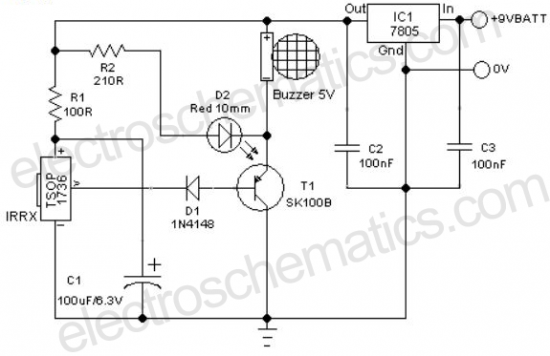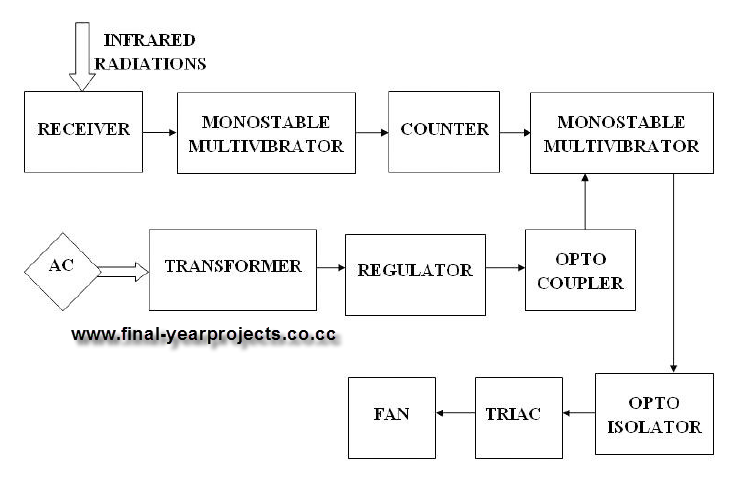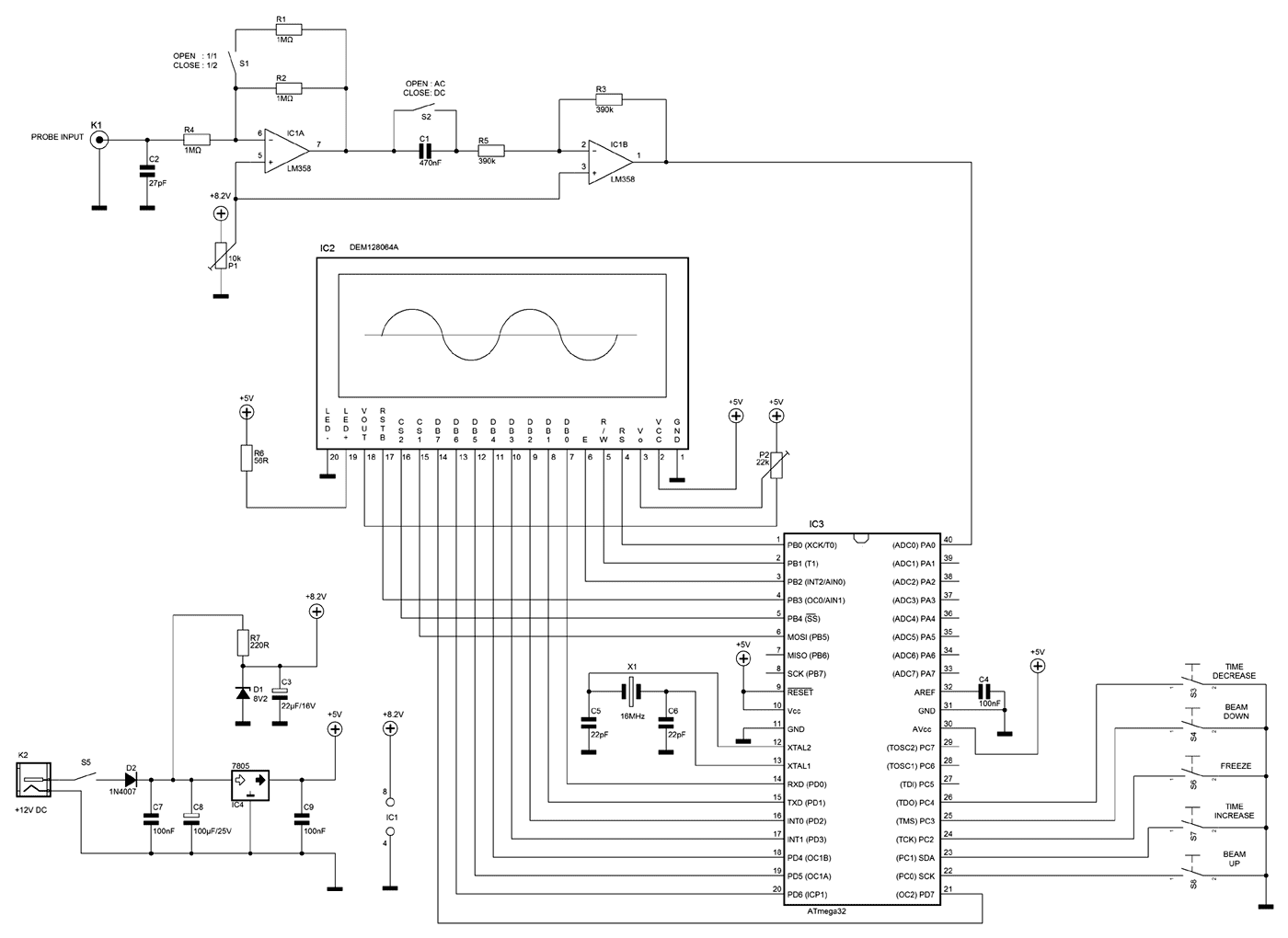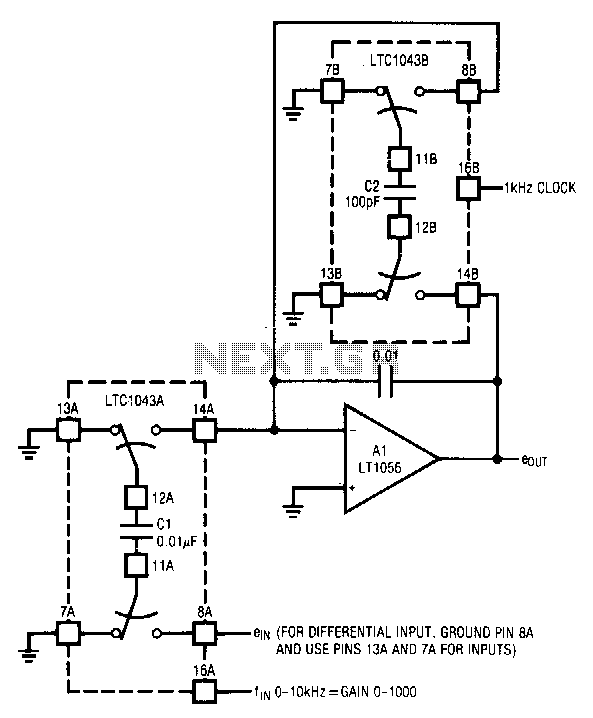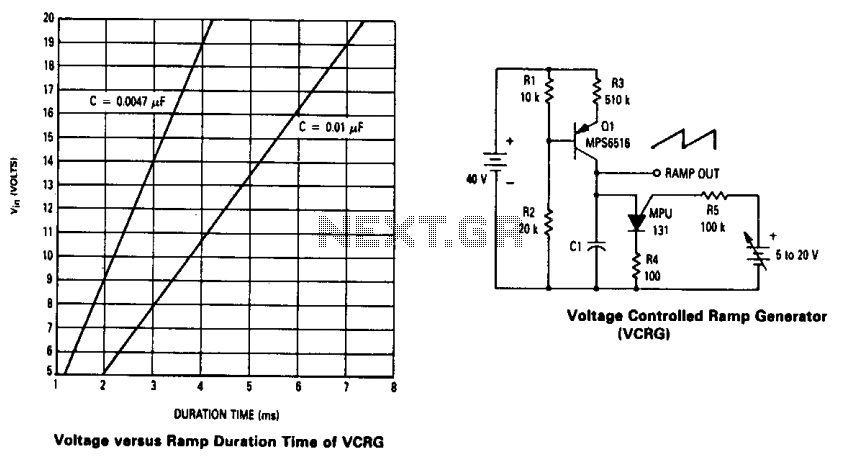
LCD contrast controlled by LCD

What is the recommended frequency for the Low Pass Filter used to control the contrast of an LCD? I want to adjust the contrast of an LCD using PWM.
To effectively control the contrast of an LCD using Pulse Width Modulation (PWM), a Low Pass Filter (LPF) is typically employed to smooth the PWM signal. The frequency of the PWM signal is crucial, as it affects both the visual quality of the display and the performance of the filter.
For LCD contrast control, a PWM frequency in the range of 100 Hz to 1 kHz is generally recommended. Frequencies lower than 100 Hz may result in visible flickering, while frequencies higher than 1 kHz may not provide significant improvements in contrast control and can increase the complexity of the filtering requirements.
The Low Pass Filter should be designed to effectively attenuate the high-frequency components of the PWM signal while allowing the lower frequency components to pass through. A common configuration for an LPF is an RC (resistor-capacitor) filter. The cutoff frequency of the LPF can be calculated using the formula:
\[ f_c = \frac{1}{2\pi RC} \]
where \( f_c \) is the cutoff frequency, \( R \) is the resistance in ohms, and \( C \) is the capacitance in farads. Selecting appropriate values for \( R \) and \( C \) will ensure that the cutoff frequency is below the PWM frequency, thus smoothing the output voltage to the LCD for optimal contrast control.
In practice, a resistor value in the range of 1 kΩ to 10 kΩ and a capacitor value between 1 µF and 10 µF can be used, but these values should be adjusted based on the specific requirements of the LCD and the desired response time. The resulting filtered voltage can then be applied to the LCD's contrast control pin, allowing for smooth and adjustable contrast levels without noticeable flickering.Hi!!! What is the frequency (through Low Pass Filter) recomended for the contrast of a LCD? I want to control the contrast of a LCD with the PWM of a.. 🔗 External reference
To effectively control the contrast of an LCD using Pulse Width Modulation (PWM), a Low Pass Filter (LPF) is typically employed to smooth the PWM signal. The frequency of the PWM signal is crucial, as it affects both the visual quality of the display and the performance of the filter.
For LCD contrast control, a PWM frequency in the range of 100 Hz to 1 kHz is generally recommended. Frequencies lower than 100 Hz may result in visible flickering, while frequencies higher than 1 kHz may not provide significant improvements in contrast control and can increase the complexity of the filtering requirements.
The Low Pass Filter should be designed to effectively attenuate the high-frequency components of the PWM signal while allowing the lower frequency components to pass through. A common configuration for an LPF is an RC (resistor-capacitor) filter. The cutoff frequency of the LPF can be calculated using the formula:
\[ f_c = \frac{1}{2\pi RC} \]
where \( f_c \) is the cutoff frequency, \( R \) is the resistance in ohms, and \( C \) is the capacitance in farads. Selecting appropriate values for \( R \) and \( C \) will ensure that the cutoff frequency is below the PWM frequency, thus smoothing the output voltage to the LCD for optimal contrast control.
In practice, a resistor value in the range of 1 kΩ to 10 kΩ and a capacitor value between 1 µF and 10 µF can be used, but these values should be adjusted based on the specific requirements of the LCD and the desired response time. The resulting filtered voltage can then be applied to the LCD's contrast control pin, allowing for smooth and adjustable contrast levels without noticeable flickering.Hi!!! What is the frequency (through Low Pass Filter) recomended for the contrast of a LCD? I want to control the contrast of a LCD with the PWM of a.. 🔗 External reference
